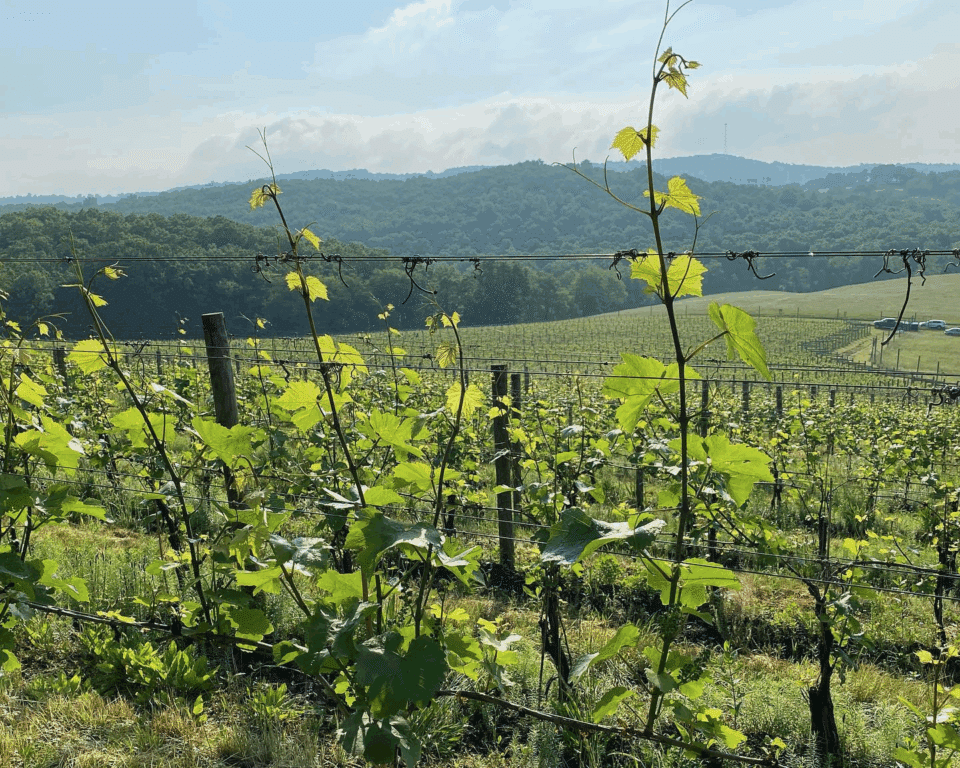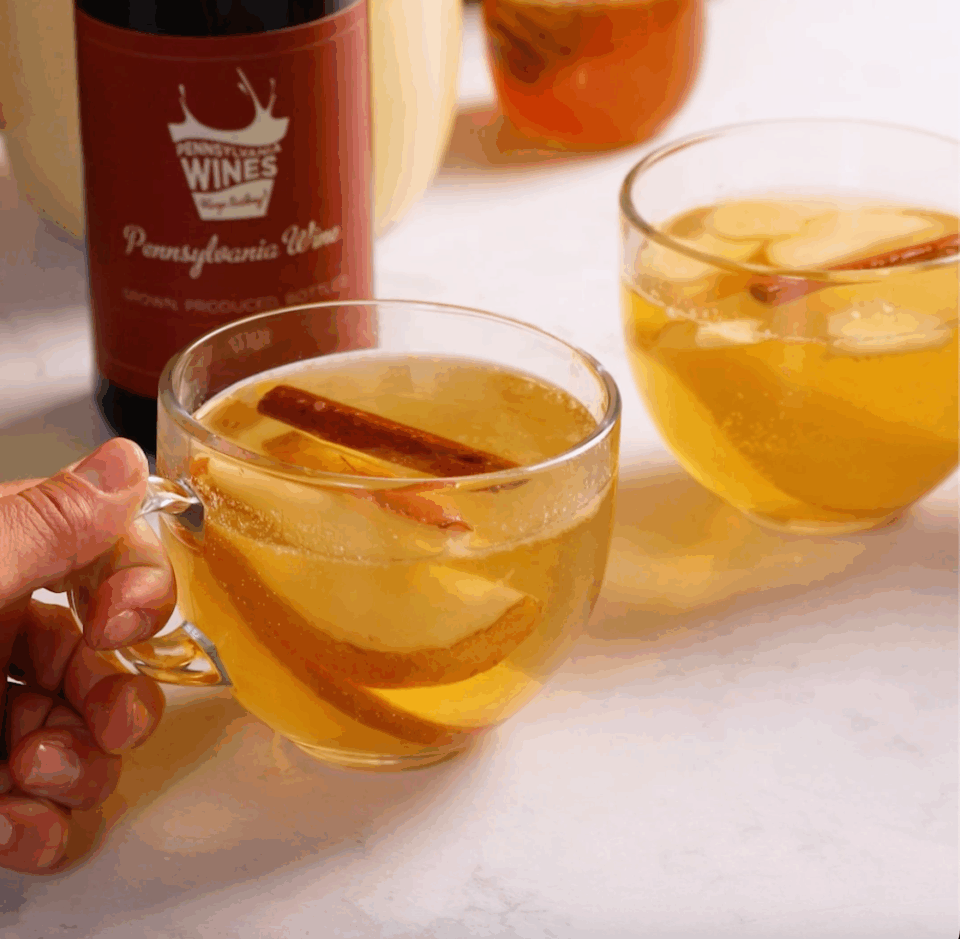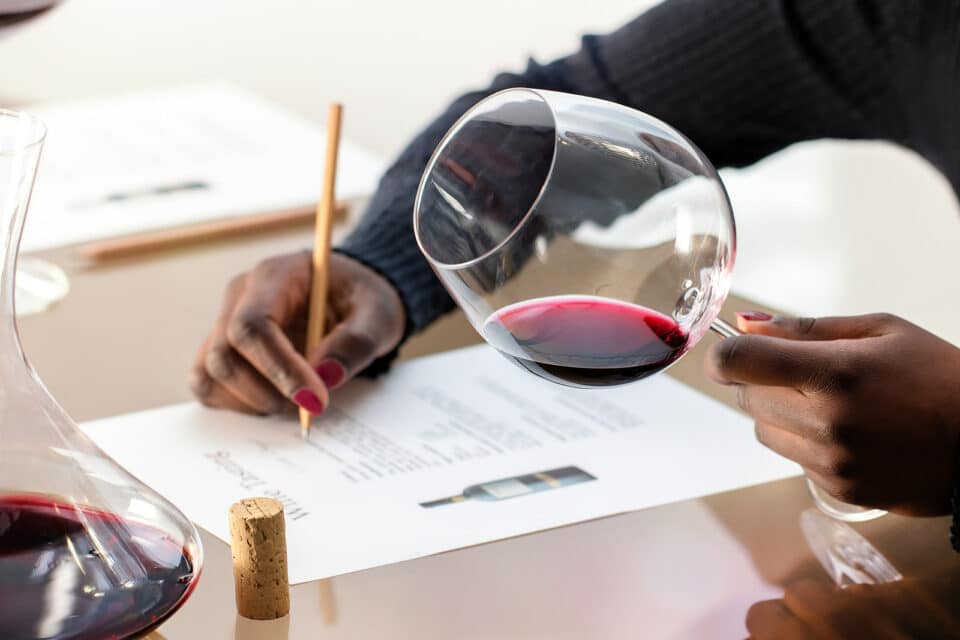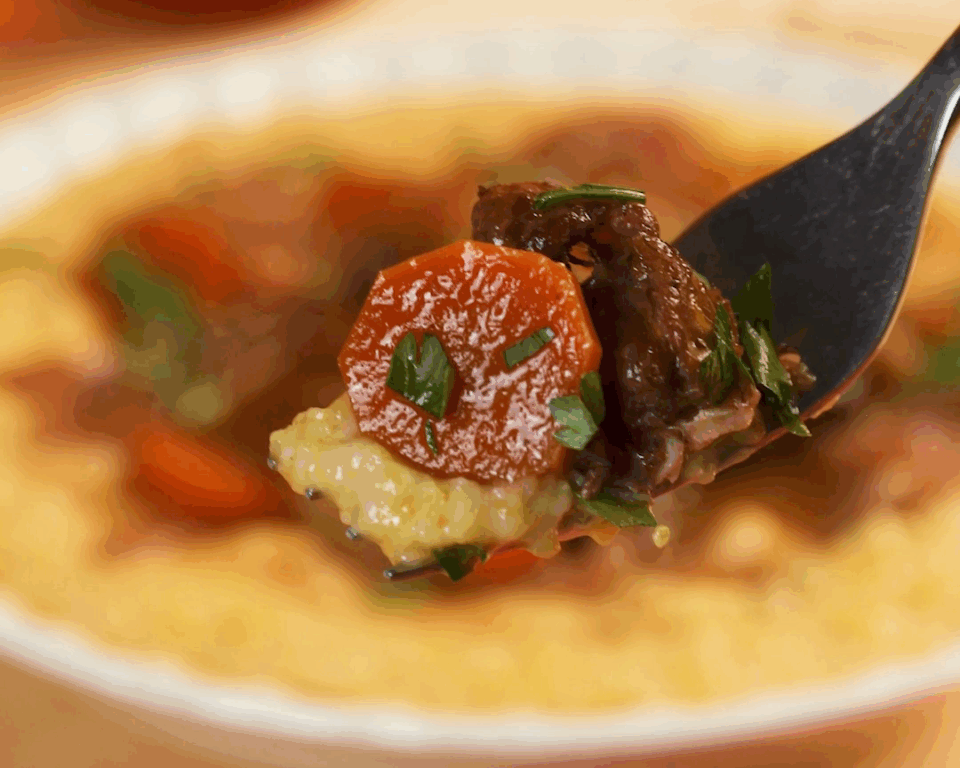In industries across the world, there’s a growing interest in sustainable practice. Sustainability is about meeting present needs without compromising resources for future generations. In practice, it involves environmental stewardship, resource efficiency, social equity and financial viability. We took a look at how sustainability is integral to viticulture in Pennsylvania, and now examine its place within winemaking.
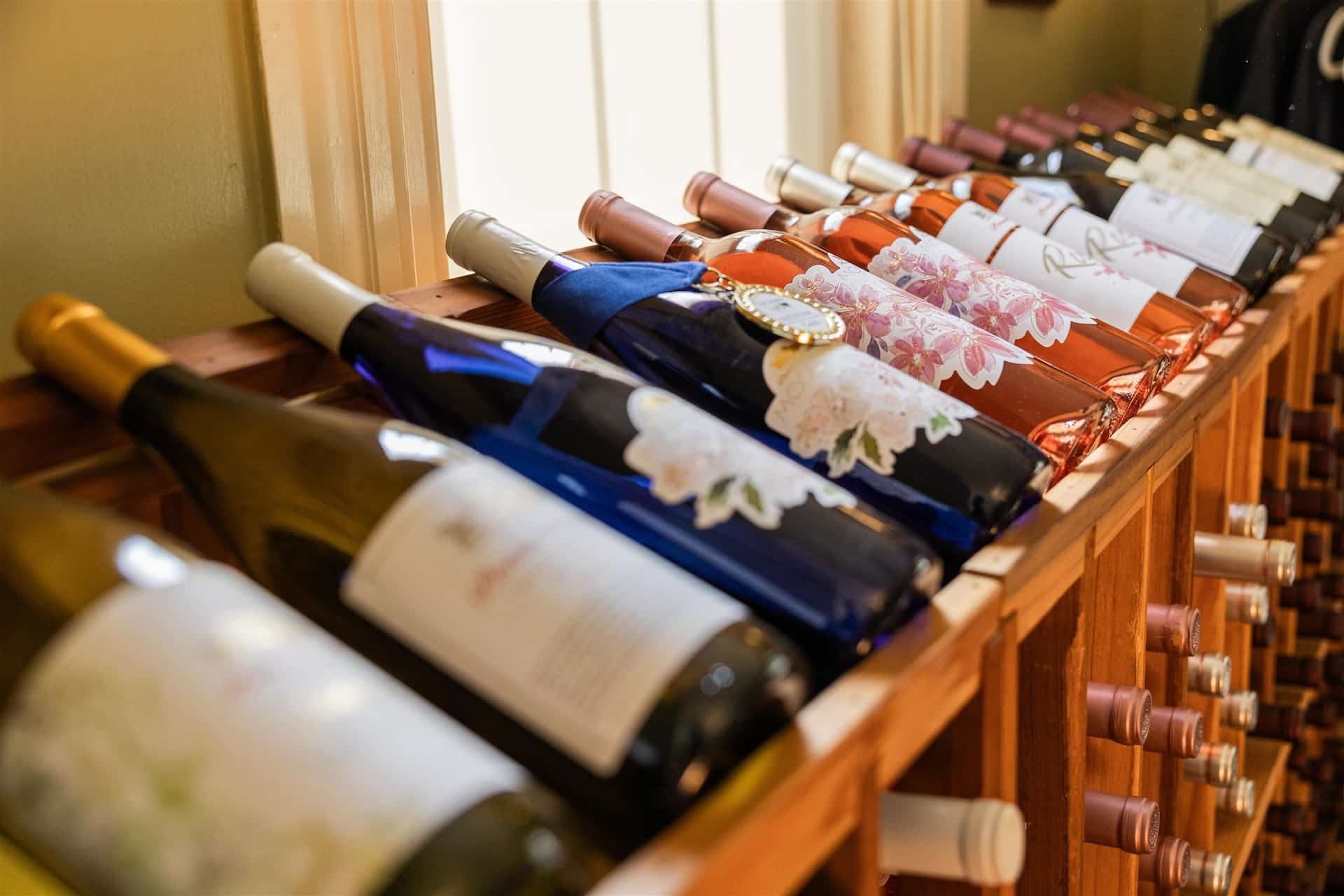
A selection of wine at Penns Woods Winery
Wineries throughout the Commonwealth are employing innovative techniques to lessen their environmental impact while still meeting business needs. We spoke with Molly Kelly, Enology Extension Educator at Penn State University, about the history and evolution of sustainability in Pennsylvania winemaking, and we looked closely at how PA wineries are making it happen!
Background
One way to trace the history of sustainability in winemaking is by looking at programs that have emerged over time, charting burgeoning documentation of stewardship and green practices across the globe. Kelly shares that the first such program, Sustainable Winegrowing New Zealand (SWNZ), piloted in 1995. Members complete scorecards ranking their water use, waste management, winery operations, social responsibility and more.
“After New Zealand,” she says, “it came to the West Coast.” Lodi Rules for Sustainable Winegrowing was established in California in 2005, formalizing standards similar to those of the SWNZ. This type of program first emerged on the East Coast in 2012, with Long Island Sustainable Winegrowing (LISW) in the Long Island AVA.
Pennsylvania does not yet have a statewide, third-party-certified wine sustainability program, but its practices continually evolve, nonetheless. Kelly says, “In Pennsylvania, people are adopting some of the practices for green certification.” This could include Leadership in Energy and Environmental Design (LEED) and National Green Building Standard (NGBS) standards, which include water conservation, energy efficiency and waste reduction.
Sustainable practice is here to stay for the foreseeable future. As Kelly explains, “With climate change, I think younger generations, especially, are looking at stewardship of the land and what are we doing to have a lower carbon footprint. They like to see that that vineyards and wineries have sustainability in mind and are thinking about future impacts on both the land and on human health and longevity.”
Sustainable Processing & Winemaking
While vineyard farming is inherently sustainable in a number of ways, it can require a bit more creativity and energy to achieve sustainability in winemaking that follows harvest. Three primary components of sustainable winemaking, from processing to bottling and beyond, include energy efficiency, waste management and water conservation. You’ll see these three elements at play within a variety of sustainable practices.
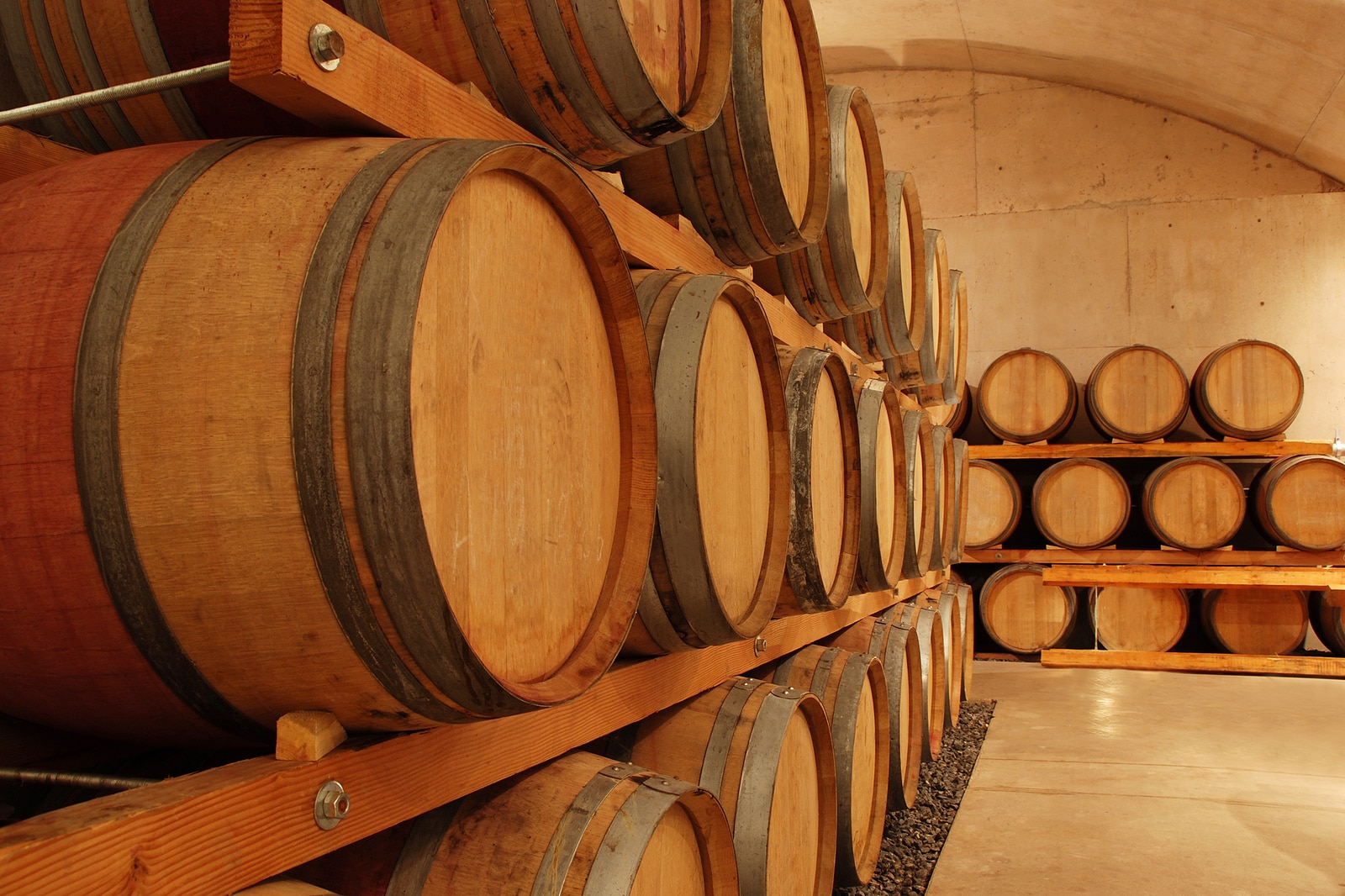
Throughout the winemaking process, grapes, juice, waste and wine are transported from lugs to crushers, tanks to barrels, and so on. Each transition requires energy and equipment, often in the form of electricity, pumps, pipes and hoses, and potentially exposes the juice or wine to oxygen. To reduce this output, exposure and the overall impact on the grapes and wine, gravity flow wineries utilize gravity’s pull to move the juice and wine throughout a building designed for this purpose. This layout often makes use of the existing landscape, building into natural slopes and hills. Grapes might enter the building on the top floor, with gravity aiding each movement along their journey to wine, bottled on the bottom floor. Setter Ridge in Berks County notably expanded its operations into a gravity flow building set into a hillside, where grapes come in straight from the vineyard, descend from a crusher-destemmer into a fermentor below before barrel-aging, bottling and storing happen on the lowest level. This bottom floor is built into bedrock that provides the space’s natural, geo-thermal temperature control.
Winemaking all begins with processing the newly harvested grapes. The first to-do is transporting the grapes for cleaning and sorting. The less distance between the vineyard and the winery, the greener and more sustainable the transportation process. Many Pennsylvania wineries grow their own wine grapes and supplement that harvest with grapes from local growers, reducing their carbon footprint by staying local.
Cleaning, sorting and processing all offer opportunity for sustainable practice, starting with the facility itself. Many wineries use reusable energy, like solar energy, to power their operations. Happy Valley Vineyard & Winery in State College, Centre County, relies on solar panels for approximately 80% of its winery and tasting room power. Other energy efficient options include LED lighting and geothermal cooling.
Water use is another area where wineries get creative. As Kelly say, “It takes a lot of water to make wine.” Vineyard irrigation and operation demands require the most water use, but even the winery processing uses up to 10 liters of water to produce just 1 liter of wine. Reduction and reuse of water is key for sustainable practice, and taking inventory of water use can be a great first step.
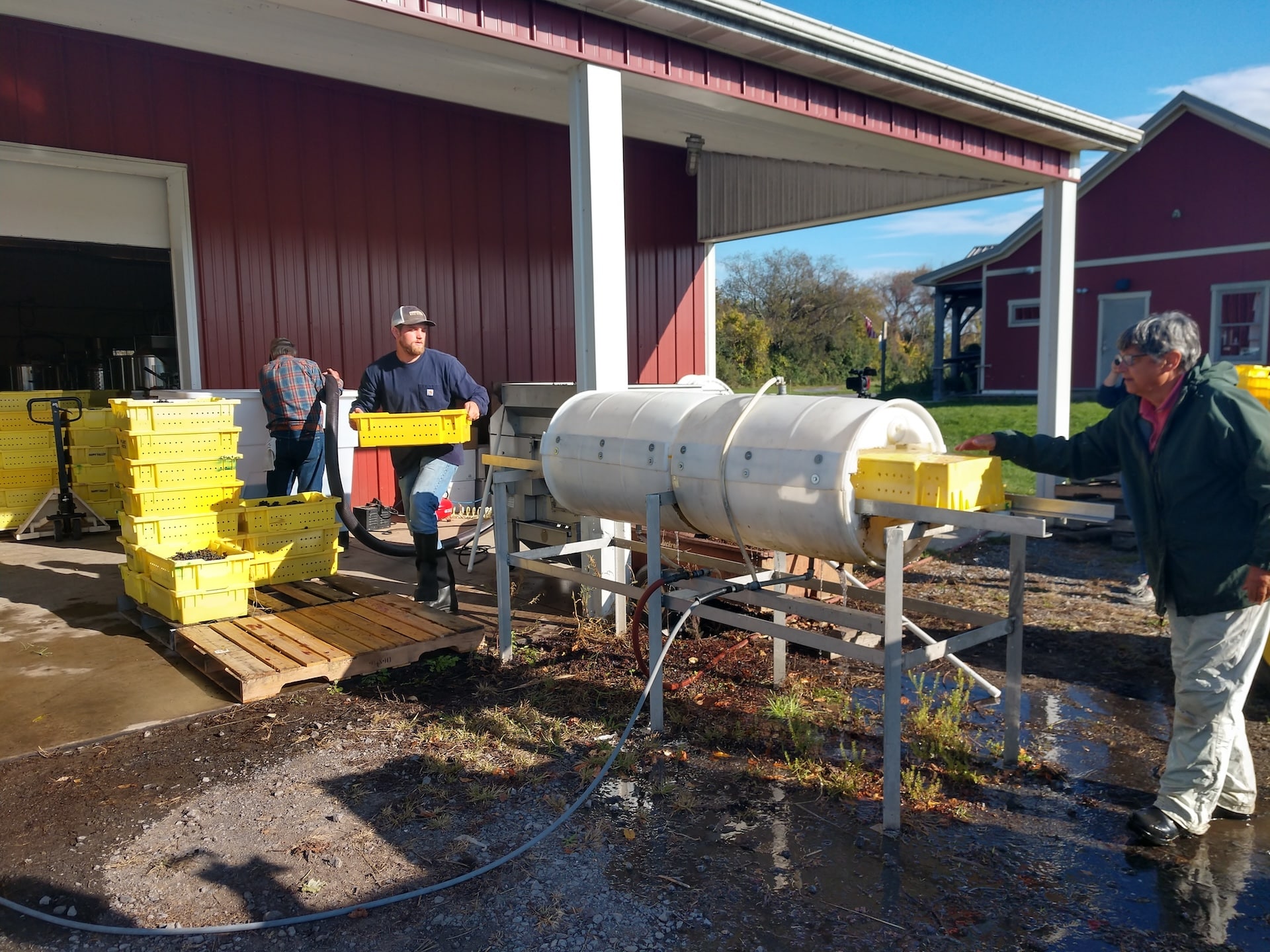
Happy Valley Vineyards & Winery’s specially designed device for reducing water waste while cleaning lugs.
For Happy Valley Vineyard & Winery, Kelly created a device that cleans picking lugs with reduced water waste. Grape pressing equipment, fermentation tanks and lines, hoses, barrels, cooling systems and bottles all require water use, too, and present spaces in the winemaking process for sustainable practice.
Following cleaning and sorting, grapes are typically crushed. The ancient (and, arguably, sustainable) practice of foot-treading (crushing by foot) is less common these days, replaced by mechanical crusher-destemmers. Though they require an energy source, which may or may not be sustainable, they contribute to the overall longevity of wineries by saving incalculable amounts of time and labor.
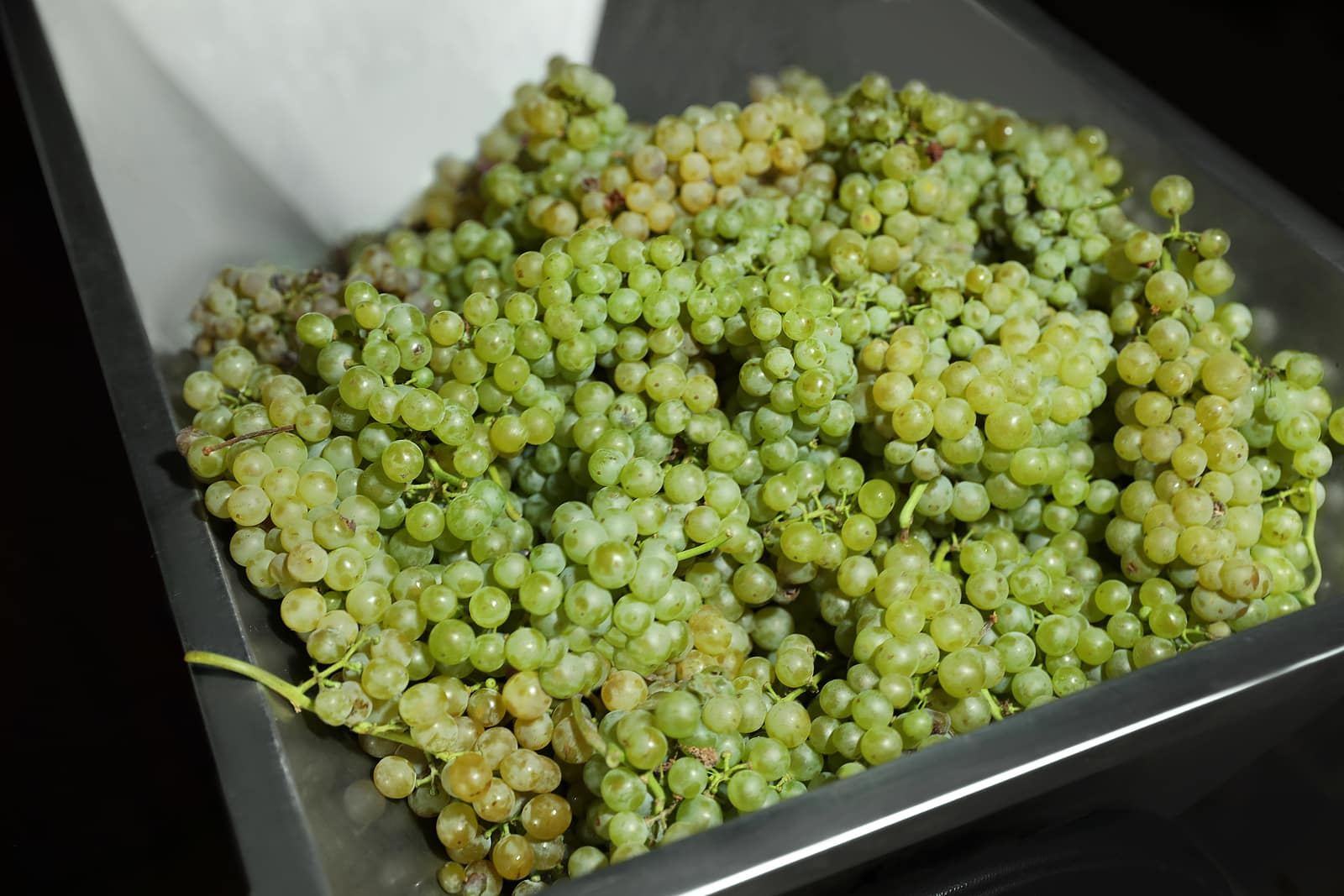
Grapes in a mechanical crusher.
Crushing the grapes creates must, which is the grape juice with the skins, stems and seeds (pomace) in it. The pomace becomes waste, either rather quickly, when pressed out of white wine juice, or later in the process, with red wines. Many wineries are finding sustainable uses for that pomace, ergo reducing their waste output. Davide Creato, winemaker and vineyard manager at Penns Woods Winery in Delaware County, says, “Composting is something we’re always going to do. The winery produces so much pomace that is left over from fermentation, and we reincorporate it into the soil.”
While many wineries compost their pomace, others will sell it for use in animal feed, fertilizer or other products. Additionally, Kelly says, “Some people are making piquette wines with it. They’ll take the pomace, add some water and ferment that. There’s a big push for lower alcohol wines that sometime have a bit of carbonation to them, so these become value-added products.” Bella Terra Vineyards in Westmoreland County produces a sparkling rosé piquette with an 8% ABV, and Chaddsford Winery in Chester County produced its first piquette in 2023, using the rehydrated skins of Steuben grapes.
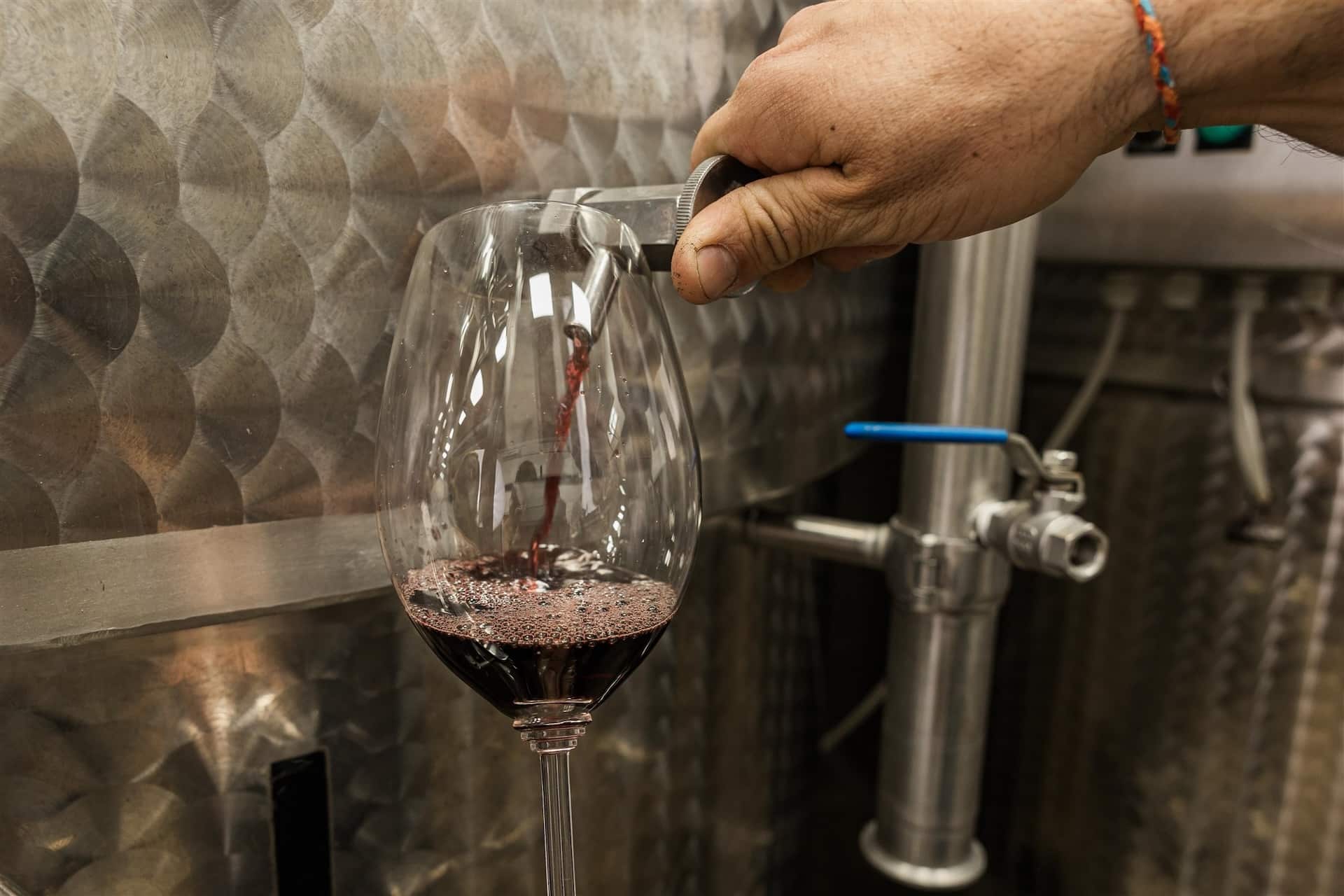
Fermentation is the next big step in winemaking. It’s where the magic happens, as fruit juice transforms into wine. During this process, yeast converts the grape juice sugars into ethanol (alcohol) and carbon dioxide. Winemakers typically add sulphur dioxide (SO2) and cultured, commercial yeast to the juice or must during this phase. SO2 acts as a preservative, inhibiting unwanted yeast and bacteria growth while protecting the wine from oxidation, which can taint wine color and flavor. Yeast, usually brewer’s yeast (Saccharomyces cerevisiae), drives fermentation and helps achieve desired levels of alcohol due to its high tolerance.
With sustainability and a rising demand for “natural wine,” many winemakers are experimenting with the fermentation phase. Some are reducing or eliminating SO2 from the process, and others are using native, wild or indigenous yeasts, rather than adding commercial yeasts. The idea is to reduce chemical inputs while allowing the terroir to express in the wine. In general, it’s a challenging endeavor to remove or replace S02 and/or brewer’s yeast, which are incredibly reliable and effective winemaking agents. Kelly says, “I always tell people, ‘You need to be able to make a clean wine that’s stable in the bottle, use S02 appropriately and have that down before you consider trying to make a shelf-stable wine without it.”
Winemaker Anthony Vietri of Va La Vineyards in Chester County, who made the state’s first orange/amber wine (a white wine made with the pomace) and focuses on small-batch, dry field blends, has successfully utilized native yeasts in his winemaking for many years. The result is unique and highly regarded wines that authentically reflect his vineyard’s terroir and fit with Va La’s sustainable ethos. In Schuylkill County, Erin Troxell of Galen Glen has also taken a more natural approach with spectacular results. For wines in her esteemed sparkling line, Erin Elizabeth, she’s limited inputs, allowing for true expression of the Lehigh Valley AVA and the Galen Glen vineyard in the glass.
Sustainable Packaging
Wine will likely always come in a bottle. It’s the classic vessel we nearly always associate with wine. Glass is neutral, transparent, recyclable and sturdy. However, some sustainable alternatives have entered the scene. Packaging like aluminum cans, boxes and lighter-weight bottles all potentially use less energy and create less emissions through their lifecycle from production to transportation and, ultimately, recycling.
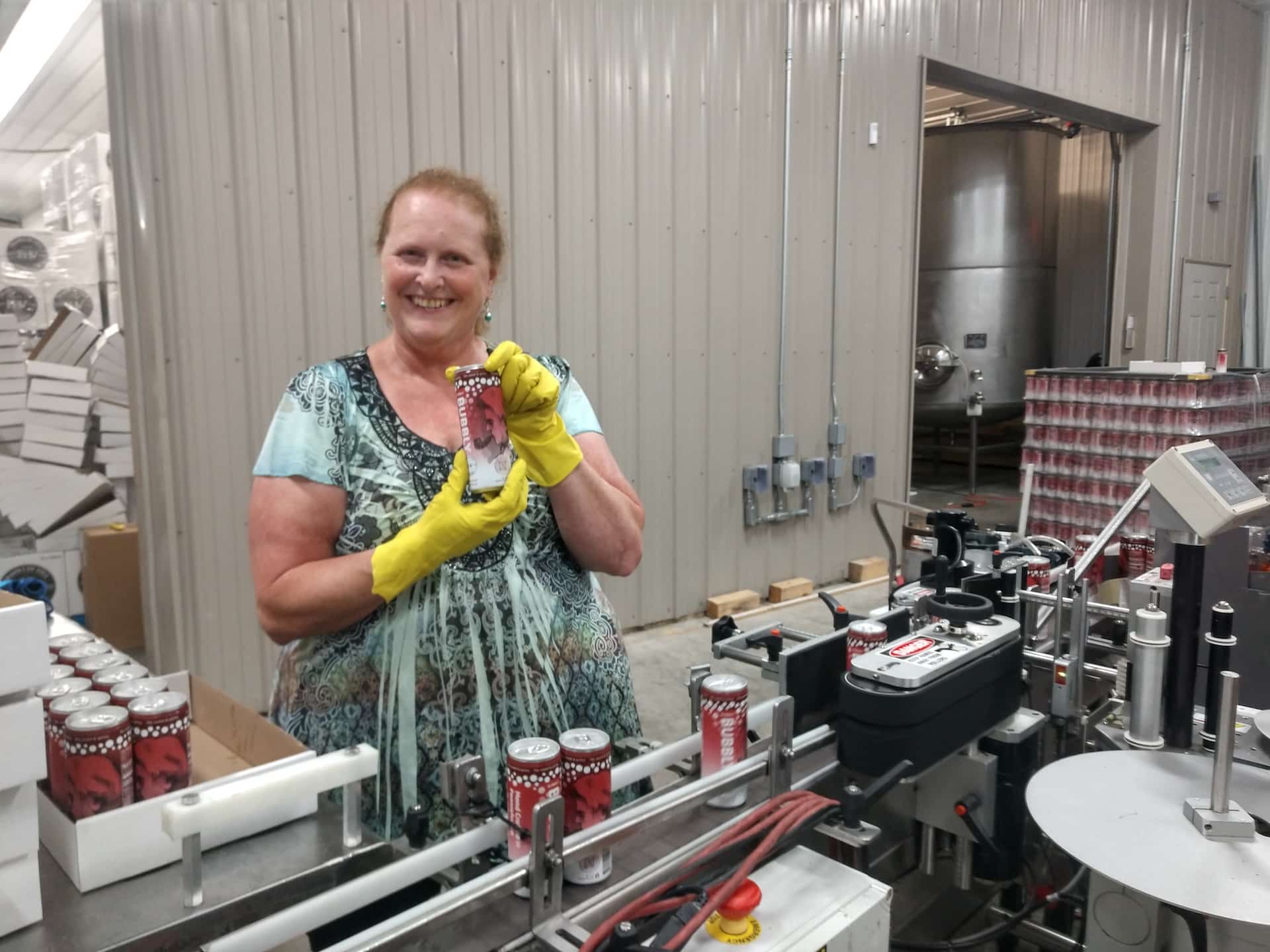
Bonnie Pyscher of Franklin Hill Vineyards at the canning line.
Paradocx Vineyard in Chester County offers metal paint cans filled with over four bottles’ worth of wine, ultimately reducing packaging needs. Mazza Wines in Erie County offers its Getaway Rosé, White and Red in cans, Easton Wine Project in Northampton County offers canned rosé and pink moscato, Franklin Hill Vineyards, also in Northampton, produces a canned red bubbly and Nissley Vineyards in Lancaster County produces individual cans of fruit wines. Cans are both highly recyclable and answer the call for transportable, ready-to-drink beverages.
It’s hard to know what direction sustainable packaging will take. Boxed and bagged PA wines have yet to emerge, and sparkling wines will likely continue necessitating a thick, traditional bottle. Plus, as Kelly says, “There are always going to be people, including me, that like a glass bottle.”
Cheers to Sustainability
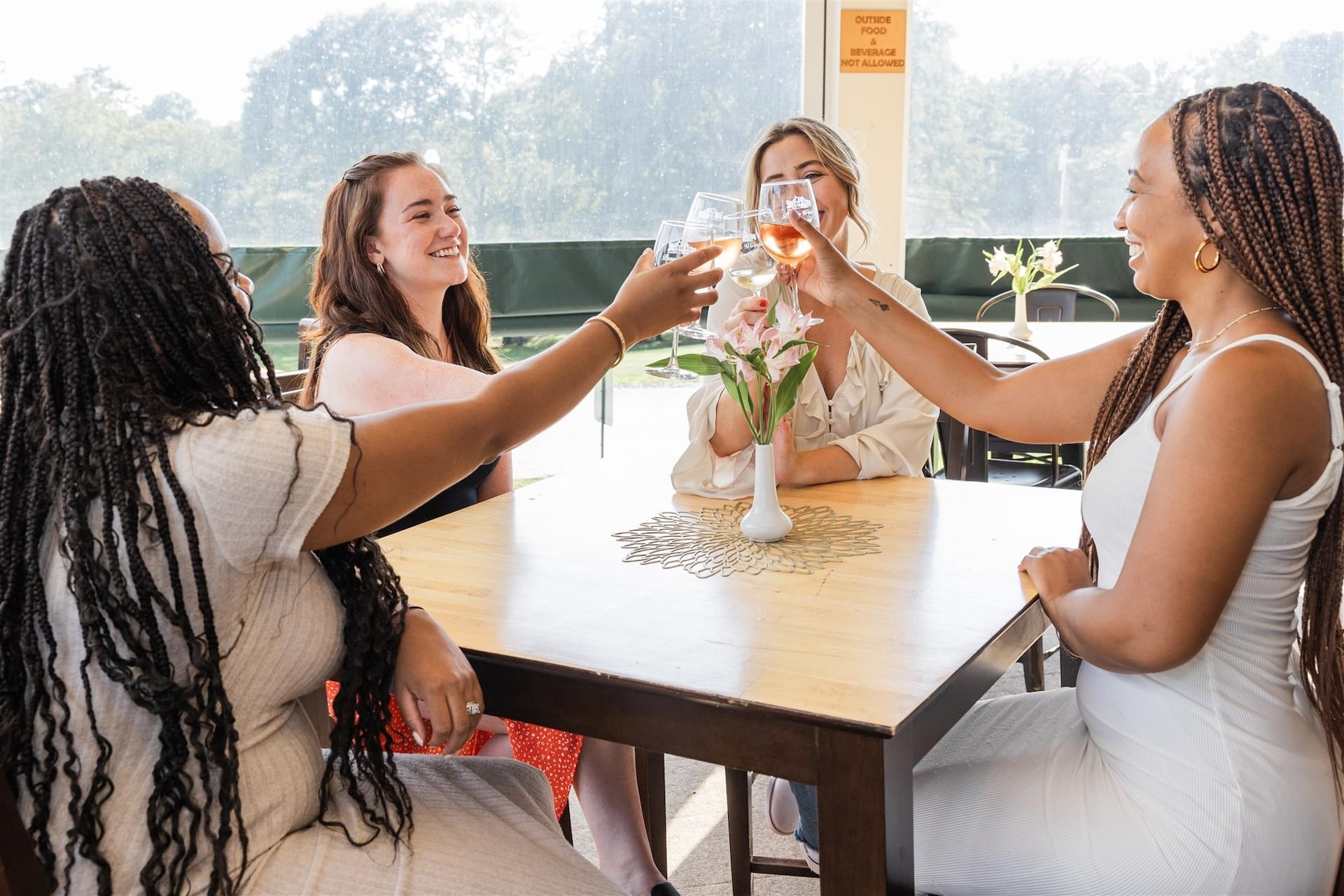
Cheers at Penns Woods Winery
How we enjoy our wine matters, too! When we buy local wines and visit local wineries, we’re investing in the land, the economy and the community around us. It cuts down on the carbon footprint of shipping and distribution, enables our region’s vineyards to thrive and bolsters the interconnected web of growers, makers and purveyors in our state. Cheers to that!
The PA Vines & Wines series was created in collaboration with the Pennsylvania Wine Association.
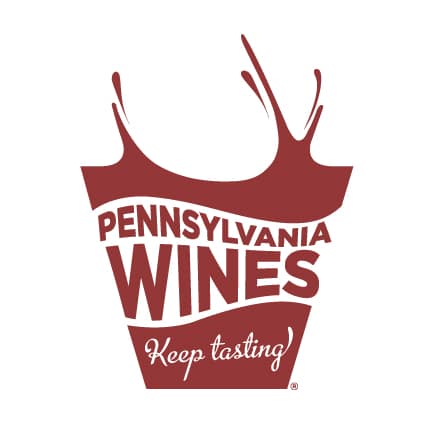
The Pennsylvania Winery Association (PWA) is a trade association that markets and advocates for the limited licensed wineries in Pennsylvania.
- Feature, tank pouring and cheers photos: Penns Woods Winery
- Happy Valley Vineyards & Winery and Franklin Hill Vineyards photos: Molly Kelly
- Other photos: Bigstock
